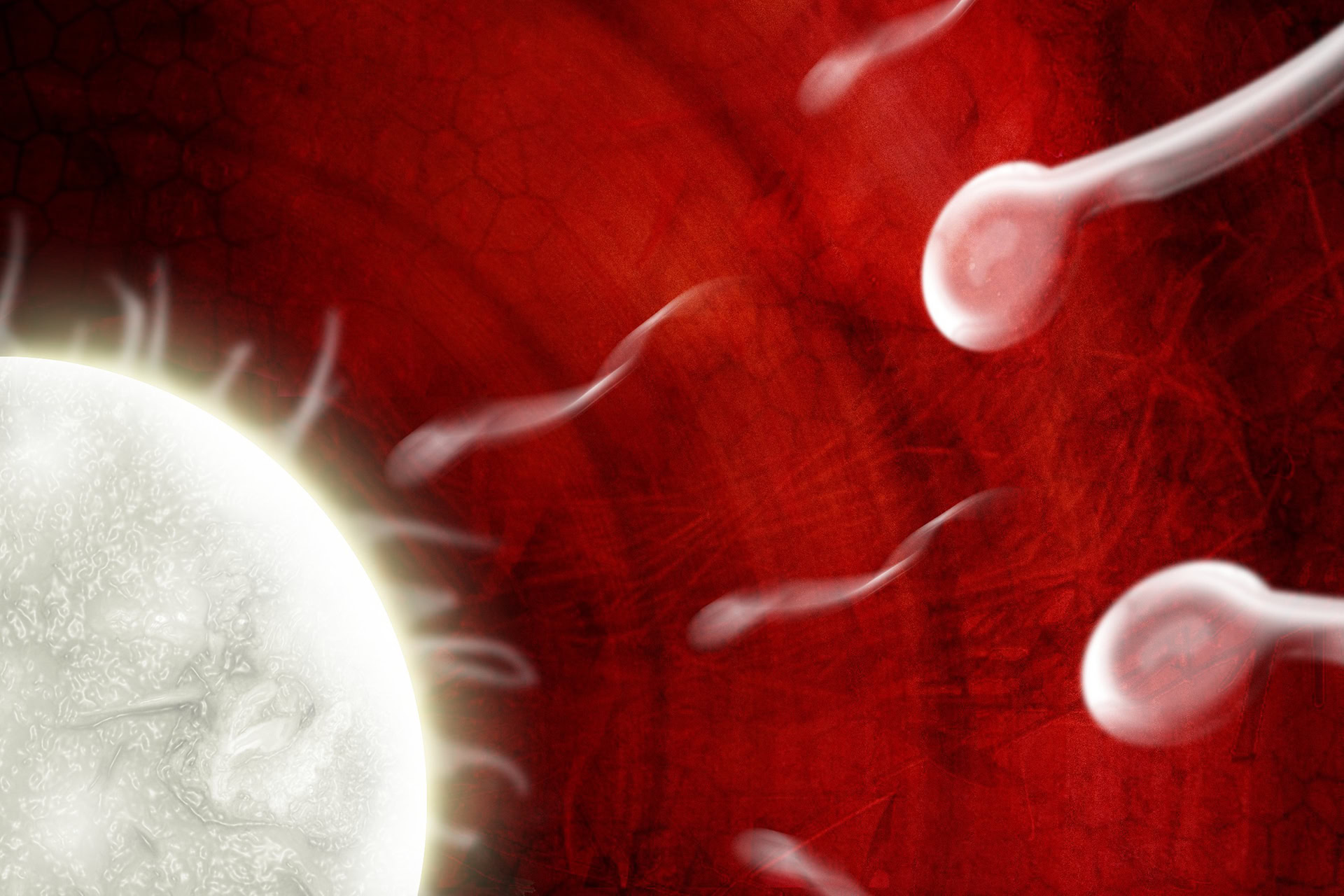Donor-conceived children are among us; we have come a long way since the early days of sperm donation, but it would be easy to forget that each family built through donor conception and assisted conception is going through its own particular journey. Mapping out a trajectory can often be a process of nerve-wracking, tentative deliberation. How much do you disclose, and why do it in the first place? Whose business is it anyway?
UK charity, The DCN (Donor Conception Network) has developed a new set of resources to help families tackle some of these issues. Its Primary Schools Resources for parents, teachers and children, created by Nina Barnsley, Steph Clarkson and Andy Archer with the support and sponsorship of the Van Neste Foundation, aims to offer a toolkit that supports families and schools. This guides teachers through the process of acknowledging differences in the way families are built, with the ultimate aim of celebrating their uniqueness.
This resource pack is aimed at parents, teachers and children. It provides handy templates for initiating a written or verbal dialogue with the school to disclose a child's donor-conceived origin, a set of educational resources and activities for teachers to use in the classroom and a set of flashcard-style scripts to support parents and children dealing with questions about donor conception. It also includes a useful compendium of reading material for donor-conceived children and their peers.
Exploring the reasons why parents might want to approach a school and share some details of a child's origin, the pack is also clear about respecting the opposite point of view and thus, a non-judgmental but extremely useful dialogic approach to the decision-making involved.
Some parents feel that there is really nothing to be gained through disclosure and place firm claim to the unremarkable nature of their donor-conceived family. Others are concerned with preempting any issues arising out of their children's own wish to share information with their teachers and peers. In this situation, parents wish to help manage and facilitate the process in collaboration with the teacher. This gap, identified by the Donor Conception Network, is a potentially delicate area. The provision of scripted letters for parents to give to the school is sensitively treated, with the proviso that content can be adapted and edited, used verbally and otherwise turned into the most useful and appropriate resource for communicating information to the school.
It is worth noting that there is very little, if anything, to faze the average modern school teacher (I write in this capacity). Changes in society have made different models of parenthood and family the norm rather than the exception. A typical parents' evening in a school will quickly lay testimony to this – with single/extended families, same sex families, looked-after children, all making the 'traditional' nuclear family, if not an outdated concept, certainly not the primary model it once was regarded as. Therefore, all but the youngest Newly Qualified Teachers are likely to have personal direct experiences around donor conception, assisted conception or surrogacy; if they haven't, it is still very likely that they have a strong awareness of it.
The 'Families and All About Me' schools programme (part of the National Curriculum in primary schools) in Years 5 and 6 emphasises individuality and self-esteem. The donor conception resources will appeal to primary school teachers who already use a variety of art-based activities to encourage pupils to reflect positively on their individual and collective experiences. It may be the case that, with issues around Special Educational Needs, physical impairments and other challenges faced by young people, the donor conception material becomes just one more way of celebrating difference; if indeed difference is there to be perceived in the first instance, as it is a subjective individual stance.
A colleague who works in Early Years (ages 4-5) remarked that often, parents of donor-conceived children are incredibly proud of their children's origin, and are keen to share this with teachers in the course of introductory conversations. The activities suggested in the pack, particularly the artistic tasks such as making individual paint handprints to celebrate uniqueness, fit in well with the more flexible nature of the Early Years Foundation Stage curriculum, which is responsive to the individual child's needs in a different way to that of say, Year 5 or 6 which is considerably more prescriptive in nature and often (depending on the school) gearing up for SATs and focusing on testing numeracy and literacy by Key Stage 2 (ages 8-12).
This pack is full of thoughtful, accessible resources to use at Key Stage 1 (ages 6-7) and Key Stage 2. I would speculate that parents might purchase this pack for their cash-strapped schools as a means of encouraging its use. The reading list alone would be a useful wishlist for any nursery and primary school library. Any resource that helps children, parents and teachers to access the language needed to describe and demystify the donor conception process will hopefully be a valuable tool in enhancing society's understanding and boosting children in their formative years.




Leave a Reply
You must be logged in to post a comment.